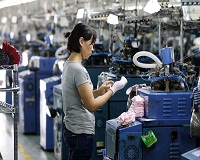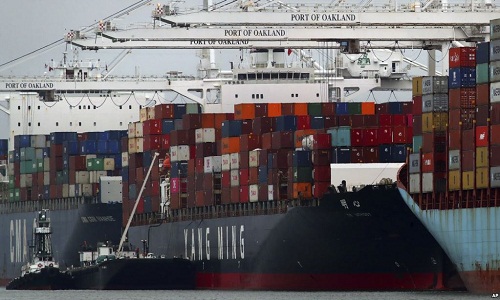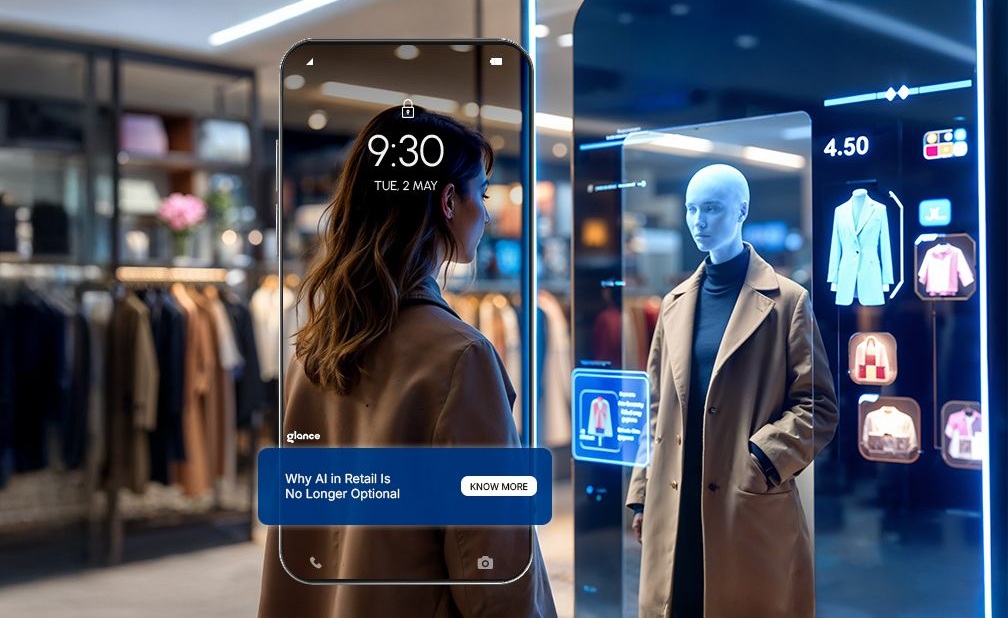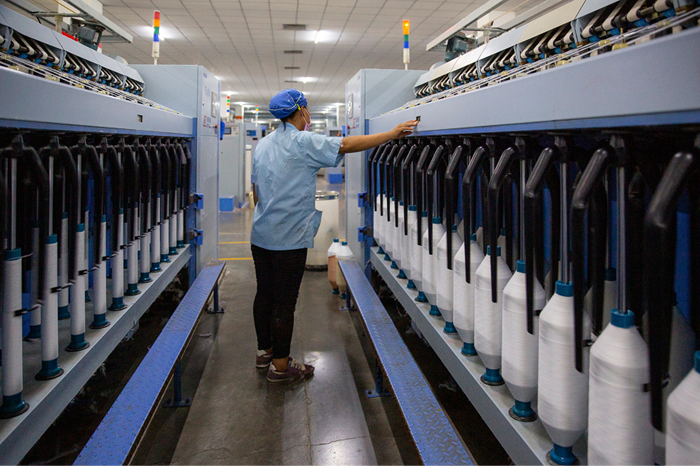"The apparel industry is waiting with bated breath for the much-anticipated meeting between President Trump and Chinese President Xi Jinping that will decide the future of US tariffs on Chinese exports. Trump is expected to slap tariffs on another $267 billion worth of Chinese goods, which also includes apparel and footwear. This would push up tariffs from 10 to 25 per cent in January 2019. China already faces $50 billion worth of tariffs."
 The apparel industry is waiting with bated breath for the much-anticipated meeting between President Trump and Chinese President Xi Jinping that will decide the future of US tariffs on Chinese exports. Trump is expected to slap tariffs on another $267 billion worth of Chinese goods, which also includes apparel and footwear. This would push up tariffs from 10 to 25 per cent in January 2019. China already faces $50 billion worth of tariffs.
The apparel industry is waiting with bated breath for the much-anticipated meeting between President Trump and Chinese President Xi Jinping that will decide the future of US tariffs on Chinese exports. Trump is expected to slap tariffs on another $267 billion worth of Chinese goods, which also includes apparel and footwear. This would push up tariffs from 10 to 25 per cent in January 2019. China already faces $50 billion worth of tariffs.
Escalating tariffs to reverse economic progress
Currently, goods originating in China, including some apparel products and leather, nearly all raw materials used to make textiles, from cotton to cellulosic, polyester and even vegetable fibers, woven and nonwoven fabrics, certain textile machinery, hats and handbags, are subject to 10 per cent tariffs, and escalating the tariff threat could see some of those products facing a higher 25 percent tariffs.
For US companies importing manufacturing inputs or finished products, these additional significant costs will result in higher prices, fewer jobs, slower wage growth and reduced investment. The cost of the trade war can reverse this year’s economic progress.
Negative impact on brands
Julia K Hughes, President, United States Fashion Industry Association believes that more penalty tariffs will have a negative impact on fashion brands/retailers and customers as prices will rise across the board. The company believes there is a time lag before companies increase prices and it impacts customers. Increasing tariff on clothing and footwear would hurt both the economy and brands/retailers.
have a negative impact on fashion brands/retailers and customers as prices will rise across the board. The company believes there is a time lag before companies increase prices and it impacts customers. Increasing tariff on clothing and footwear would hurt both the economy and brands/retailers.
To deal with this, most companies have developed a contingency plan which includes shipping some products earlier than usual and shifting some production outside China. However, these actions will also have ripple effect on prices which is expected to rise in many countries and very little unused capacity at the most sophisticated production facilities.
According to Hughes, companies can adopt certain strategies in the short-term to minimise the price pressure. However, she warns if the duties increase to 25 per cent, there might be a substantial price increase by mid-2019.
Reshore jobs, bolster production
Auggie Tantillo, President and CEO, National Council of Textile Organizations (NCTO) supports the US president’s decision to address China’s unfair trade practices. However, he believes imposing tariffs on apparel and other textile end items would reshore jobs throughout the domestic supply chain. Further, it would bolster production throughout the western hemisphere where there is ample supply from multiple countries. Shifting sourcing away from China to suppliers in the USMCA/CAFTA region would also alleviate any impact to consumers, since producers in this hemisphere enjoy duty-free access to the United States.
Negative effects of non-China sourcing strategy
Rick Helfenbein, President and CEO, AAFA terms 25 per cent tariff as a non-starter. He believes American business operating on tight margins cannot absorb such an increase leading to a rise in prices for American consumers. He also feels an abrupt shift to a non-China sourcing strategy would have a catastrophic effect on its already fragile sourcing eco-system.












